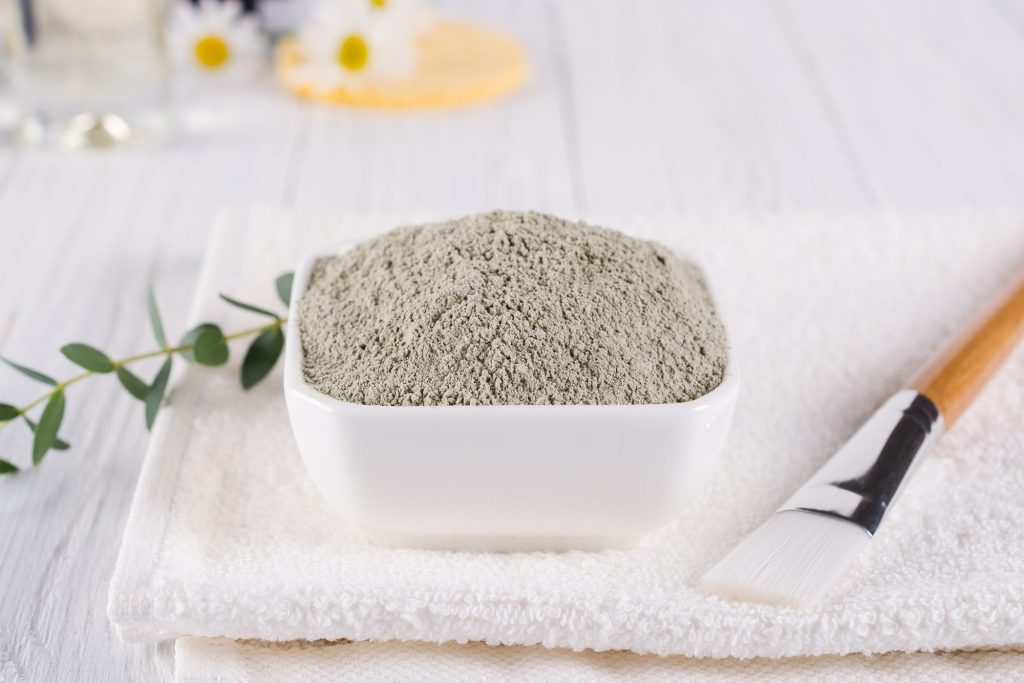12 Modification Methods of Bentonite

The modification of bentonite usually uses physical, chemical, mechanical and other methods to treat the surface and purposefully change the physical and chemical properties of the mineral surface according to application needs.
1. Sodium modification
Since montmorillonite has a stronger adsorption capacity for Ca2+ than Na+, the bentonite found in nature is generally calcium-based soil. However, in practical applications, it is found that the exchange capacity of Ca2+ in calcium-based soil is much lower than that of Na+. Therefore, calcium-based soil is often sodiumified before being put into the market.
2. Lithium modification
Lithium bentonite has excellent swelling, thickening and suspending properties in water, lower alcohols and lower ketones, so it is widely used in architectural coatings, latex paints, casting coatings and other products to replace various organic cellulose suspending agents. There are very few natural lithium bentonite resources. Therefore, artificial lithiation is one of the main methods for preparing lithium bentonite.
3. Acid leaching modification
The acid modification method mainly uses acids of different types and concentrations to soak bentonite. On the one hand, the acid solution can dissolve the interlayer metal cations and replace them with H+ with smaller volume and lower valence, thereby reducing the interlayer van der Waals force. The interlayer spacing increases; on the other hand, impurities in the channel can be removed, thereby expanding the specific surface area.
4. Roasting activation modification
The bentonite roasting modification method is to calcine bentonite at different temperatures. When bentonite is calcined at high temperature, it will successively lose surface water, bound water in the skeleton structure, and organic pollutants in the pores, causing the porosity to increase and the structure to become more complex.
5. Organic modification
The basic principle of the organic modification method is to organicize bentonite, using organic functional groups or organic matter to replace the bentonite layers to exchange cations or structural water, thereby forming an organic composite bonded by covalent bonds, ionic bonds, coupling bonds or van der Waals forces. Bentonite.
6. Inorganic pillar modification
Inorganic modification is to expand the interlayer spacing by forming an inorganic columnar structure between the bentonite layers, increase the specific surface area, and form a two-dimensional hole network structure between the layers. It also prevents the bentonite from collapsing in high temperature environments and improves its thermal stability.
7. Inorganic/organic composite modification
The inorganic/organic composite modification method takes advantage of the large interlayer gaps and cation exchangeability of bentonite. It mainly uses inorganic polymers to open up the interlayer domains, and then uses activators to change the surface properties of bentonite. method.
8. Microwave modification
The principle of microwave modification is to use microwaves with a frequency range between 300Hz and 300GHz to process bentonite and activate it. Microwave treatment has the advantages of strong penetration, uniform heating, safe and simple operation, low energy consumption, and high efficiency. It has better results when combined with traditional acidification and roasting methods.
9. Ultrasonic modification
Ultrasonic modified bentonite can improve its adsorption performance. Short-term ultrasound can increase the interlayer spacing and loosen the structure, making it easier for metal ions to enter; long-term ultrasound can change the Si-O-Si bonds on the surface of the crystal lamellae in bentonite, adding some metal ions to the bentonite.
10. Inorganic salt modification
Inorganic salt modification is to immerse bentonite in salt solution (NaCl, MgCl2, AlCl3, CaCl2, Cu(NO3)2, Zn(NO3)2, etc.). The adsorption capacity of bentonite modified by salt solution is even better than that of the original soil. has seen an increase.
11. Rare earth metal doping modification
Commonly used rare earth modifiers are lanthanum salts and their oxides. After doping bentonite with the rare earth metal lanthanum, a certain amount of metal oxides and hydroxides are introduced on its surface or between layers, thus weakening the montmorillonite in the bentonite. of interlayer bond energy.
12. Metal-loaded modification
Metal-loaded modified bentonite uses bentonite as a carrier and uses sol-gel method, direct precipitation method, impregnation method and other processes to highly disperse the metal active components on the carrier, using the carrier to have good pore size structure and other characteristics The active components can exert a better catalytic effect in the catalytic reaction.
